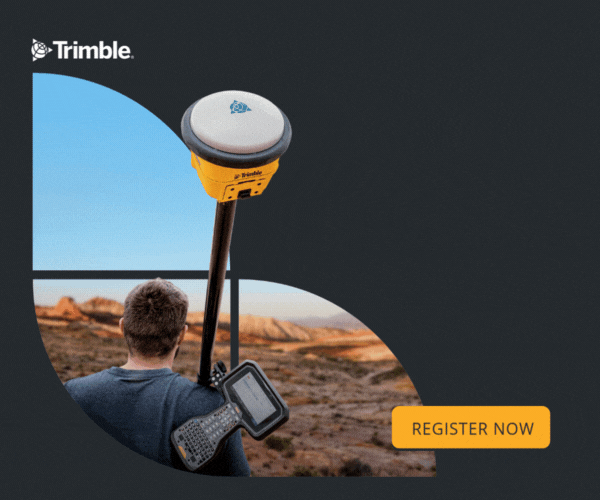“Lewis and Clark Map the Great Northwest” is a digital color reprint of Dean Cornwell’s 1954 painting “Lewis and Clark Explore the Northwest.” The 1954 painting was originally commissioned by New York Life Insurance Co. for a wall calendar to honor the sesquicentennial of Lewis and Clark’s 1803-1806 exploration into the Louisiana Purchase and beyond. The Surveyors Historical Society, Inc., a national not-for-profit organization, has reprinted this famous painting to recognize the surveying and mapping of Lewis and Clark during the bicentennial of their Voyage of Discovery (officially the Corps of Volunteers of North Western Discovery).
Thomas Jefferson had an abiding interest in knowing what lay west of the Mississippi. Even prior to the United States of America’s purchase of the City of New Orleans and the French lands laying to the northwest, President Jefferson had planned an exploratory expedition through what has become known as the Louisiana Purchase all the way to the Pacific Ocean. It was to be a scientific expedition—gathering and describing the flora and fauna along the route. It also was to be a diplomatic mission making friends with the inhabitants. Jefferson had selected his personal secretary, Army Captain Meriwether Lewis, to accomplish this mission; and Lewis asked his former superior officer, William Clark, to co-captain the expedition. On June 20, 1803, Jefferson issued in writing a detailed list of orders and goals for the trip that would last three years.
Surveying and mapping were of the highest priority. Immediately after the greeting in his June 20th instruction Jefferson states, “Instruments for ascertaining by celestial observations the geography of the country through which you will pass, have been already provided.” Meriwether Lewis had been sent to study surveying and astronomy with Andrew Ellicott during summer of 1802. Clark had experience in surveying and mapping fortifications when he served in the military.
Serious students of the Lewis and Clark expedition can easily spot several technical errors in Dean Cornwell’s 1954 depiction of the explorers taking a celestial observation. It appears that the painter intended to represent a site somewhere between Ft. Dubois (Wood River) and Ft. Mandan —probably at Council Bluffs in the summer of 1804. They sent the keelboat with the sail back to St. Louis with examples of their discoveries in the spring of 1805. The mixture of clothing is also questionable. At this time most authorities suggest they would have been in military uniforms. When the uniforms wore out, they were unstitched and used as patterns for the buckskin replacements. Certainly the fringe is artistic license. Some say that there should not be a shadow on the sail if Lewis was making a noontime observation. Most of the criticisms are probably correct—my criticism is that there are too many people standing around doing nothing.
Surveyors Historical Society has reproduced this painting (in part) because it already has some recognition from its 1954 debut, and (in part) because it is clear that Lewis is "surveying" and Clark is “mapping.” The artist, Dean Cornwell, was a well-known illustrator, and his life quite a story of its own. He was born in 1892 at the Falls of the Ohio near where Clark, Sgt. Floyd, and eight other recruits joined with Capt. Lewis in 1803 to form the core of the Corps of Discovery. Cornwell was a left-handed artist; his father was a civil engineer. Drawing boards, paper, pens, and ink were always available to the illustrator. It is said that Dean Cornwell was not an attentive student, except in mechanical drawing. He played comet in the high school band and at a local resort for spending money. Records show that he joined the union as professional musician when his eyesight began to fail him. But when he was eighteen, a young eye doctor came to town, examined his eyes, and found nothing wrong with them that a proper prescription could not correct.
With proper eye glasses, he was able to resume his dream of being an artist; and Cornwell soon worked his way to being recognized as the "number one" magazine illustrator in the nation with credits in “Red book,” “McCalls,” “Saturday Evening Post,” “Cosmopolitan,” “Good Housekeeping,” etc. The artist traveled worldwide, and after a trip to the Mideast he illustrated novels such as The Robe and The Big Fisherman. As magazines began using more photographs, Cornwell modified his career to create artwork for commercial employers. Who has not seen “The Race Between the Robert E. Lee and the Natchez ” painted for Seagram Distilleries, or the “Pioneers of American Medicine ” series painted for Wyeth Laboratories? It was during this period that he painted the “Lewis and Clark Explore the Great Northwest ” for New York Life Insurance Co. (now being reprinted by the Surveyors Historical Society). The final phase of Cornwell’s career was painting large public murals. His works are many and varied. The most famous ones to my knowledge can be found in the Los Angles Main Library, the Tennessee State Office Building, New York City’s Warrick Hotel and their Museum of Natural History, and the Eastern Airlines building. Unable to continue his work, on December 3, 1960 Cornwell was taken to Roosevelt Hospital, New York where he passed away from a ruptured main artery.
For More Information Contact:
Roger Woodfill
SHS Administrator
300 West High Street
Lawrenceburg, IN 47025
Telephone: 812-537-2000
Fax: 812-537-2000
